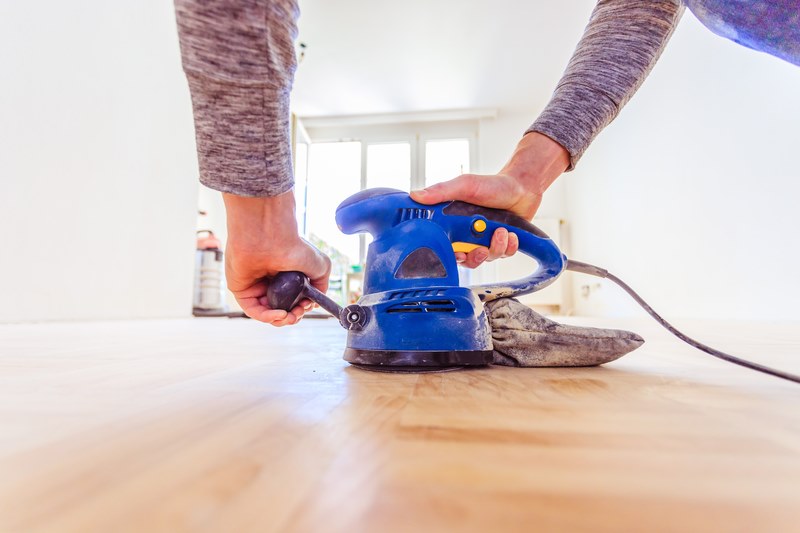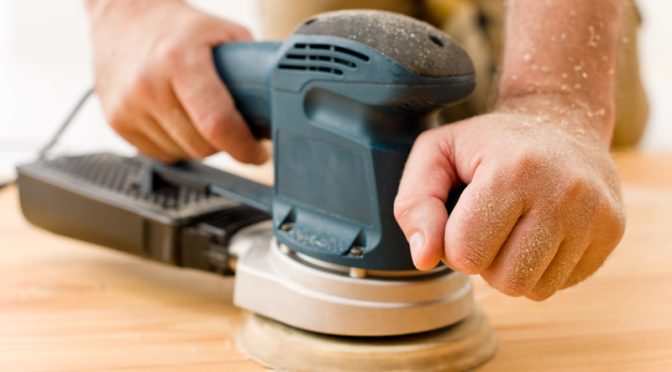A wooden floor offers a timeless classical style in the home. When it’s well cared for, well maintained, and well installed, it can last a lifetime, but getting to that stage does take a little time and a lot of know-how.
Getting the finish, you want on your wooden floor, whether it’s newly installed or being renovated, means that, at some point, you’re going to have to sand the floor. This will mean you’ll have to choose between a drum or orbital sander, but what are they, and which is best? Let’s take a look.
Using A Drum Or Orbital Sander?
Before we jump into whether you want a drum sander or an orbital one, you first need to understand both the differences between the two and also the type of work you’re undertaking with each option.
In the industry, a drum sander is known as a ‘big machine’, which should tell you a lot about the kind of equipment it is. A drum sander, or floor sander, can easily weigh over 50kg (even ‘small’ ones weigh about 45kg). When you see one, you’ll see why it’s designed for large, heavy-duty jobs. It gets its name from the large spinning drum of sandpaper that it houses.
An orbital sander, on the other hand, is generally a handheld device with a circular disk of sandpaper that oscillates, rather than having the disk spinning around as you might expect. It smoothes the wood by scratching patterns of little swirls. Being smaller, it’s much easier to control than a drum sander.
Now we understand the differences, it’s time to think about the work you need to do to know which one is best to use.

As you would expect, the drum sander is much more abrasive, so if you are looking to cover a large area quickly, or your floor needs some serious sanding, then a drum sander is probably the way to go. The type of sandpaper you use in a drum will depend on the type of finish you’re looking to achieve or the type of wood you have, but using it is not for the faint-hearted.
Because of the size and weight of the machine, it can be difficult to control and manoeuvre. If the floor is upstairs, you’re probably going to need help getting it up there. They’re also not the type of machine that you buy unless regular sanding is part of your business. They are more likely to be rented, used, then returned. They are also not the sander you use to finish the floor. They aren’t going to get you a floor that’s immediately ready to be lacquered or varnished, to get to that stage, you need an orbital sander.
Orbital sanders, being handheld, are much easier to handle and control. It’s also much less aggressive, so allows you to get your floor to a much more completed state. Unlike the drum sander, it allows you to reach the edges of the floor, although you’ll need an attachment to get into the corners. By using the right sandpaper, you can get the floor to a finished state, something out of reach with a drum. Given their smaller size, it’s not something you’d used to do a whole floor, at least not in one go, but is much more affordable and can be used on several applications.
When it comes to which sander to use, the choice between a drum and orbital resides on the floor you have and the work needed to be done. The drum is fantastic if you want large jobs done quickly, whereas the orbital is a much more refined piece of sanding equipment. The choice is yours, but the decision is smooth either way.
Contact Us
If you have any questions, please don’t hesitate to give us a call on 020 8427 6604, alternatively, head over to our contact page to fill in our online contact form.

